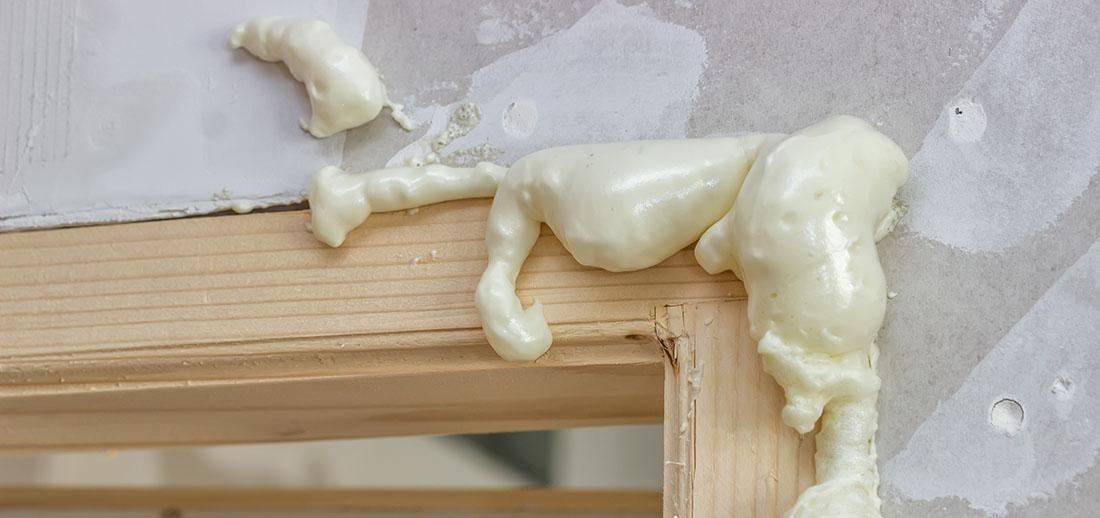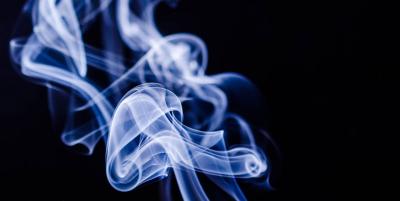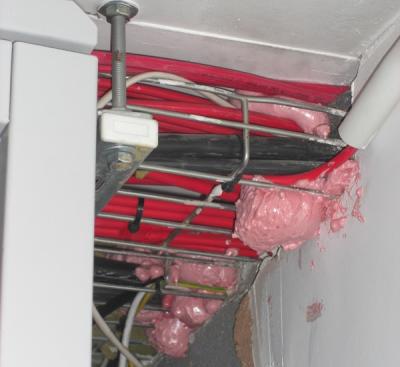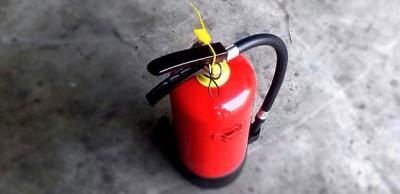Fire risk from expanding foam
Fire investigators are warning DIYers about the potential risk of using expanding foam, if not used correctly.
So far this year, firefighters have been called to two incidents in which the gas emitted by the foam has built up and resulted in fire and, in one case, injury.
Expanding foam is used in DIY to fix and fill holes and gaps. The propellant gas used to dispense the foam (methylene-diphenyl-diisocyanate 4,4) is highly flammable. The gas is emitted from the foam as it expands and dries out. It is heavier than air, sinks and forms an invisible cloud. If an ignition source is present, the gas can catch fire, potentially with explosive force.
In an incident in Holmfirth in February, a man was left with minor burns to his face and hands. He had been filling gaps between the skirting board and floor boards when static electricity built up on the metal outlet nozzle. The flammable gases collected under the floor and the nozzle was earthed, resulting in a static spark and the gases catching fire.
In May this year, a man was using expanding foam to fill gaps under kitchen cupboards in Fairweather Green, Bradford, when the cooker was turned on and ignited the invisible gases.
In a more serious incident in London in February, a man reported that he was lucky to be alive after his arm was engulfed in a ball of flames after he used eight cans of expanding foam to plug mice holes under his kitchen units, unwittingly filling his flat with flammable propellant. He was left with second-degree burns.
West Yorkshire fire investigation officer Lee Miller said:
Please Note: Every care was taken to ensure the information was correct at the time of publication. Any written guidance provided does not replace the user’s professional judgement. It is the responsibility of the dutyholder or person carrying out the work to ensure compliance with relevant building regulations or applicable technical standards.
"It is essential that the manufacturer's instructions and safety guidance are followed closely when using this product. The gas may be invisible, but it can be very dangerous, as some people have discovered."
He also advised the following:
- Rooms should be very well ventilated when applying the foam, especially when it's being applied in confined spaces. The ventilation should continue while the foam is curing and hardening.
- Ensure there are no naked flames, such as candles, gas cookers or gas fires in use when the foam is being applied and when it's curing.
This article was originally published on the West Yorkshire Fire & Rescue Service website.
Interested in this? Try these...
Unsure about handling asbestos?
The homeowners' guide to the building regulations
Please Note: Every care was taken to ensure the information was correct at the time of publication. Any written guidance provided does not replace the user’s professional judgement. It is the responsibility of the dutyholder or person carrying out the work to ensure compliance with relevant building regulations or applicable technical standards.
Sign up to the building bulletin newsletter
Over 48,000 construction professionals have already signed up for the LABC Building Bulletin.
Join them and receive useful tips, practical technical information and industry news by email once every 6 weeks.
Subscribe to the Building Bulletin




Comments
expanding foam
Submitted 4 years 7 months ago
Add new comment